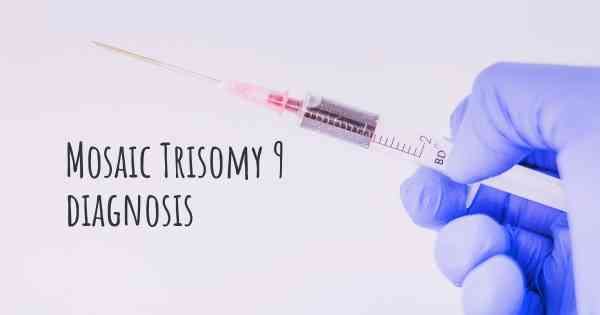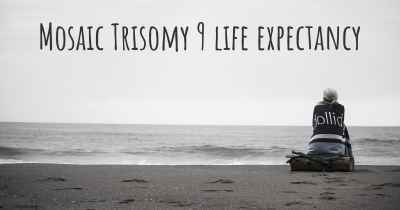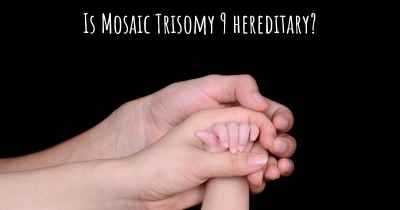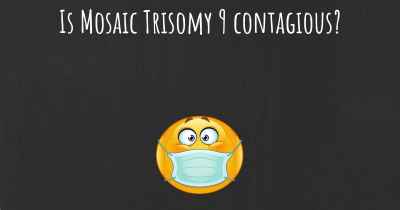How is Mosaic Trisomy 9 diagnosed?
See how Mosaic Trisomy 9 is diagnosed. Which specialists are essential to meet, what tests are needed and other useful information for the diagnosis of Mosaic Trisomy 9

Mosaic Trisomy 9 is a rare chromosomal disorder that occurs when there is an extra copy of chromosome 9 in some cells of the body. It is called "mosaic" because the extra chromosome is not present in all cells, but only in a percentage of them. This condition can lead to a wide range of physical and developmental abnormalities, making early diagnosis crucial for appropriate management and intervention.
Diagnosing Mosaic Trisomy 9 involves a combination of clinical evaluation, genetic testing, and imaging studies. The process typically begins with a thorough physical examination and medical history assessment. The presence of characteristic physical features such as facial abnormalities, growth delays, and organ malformations may raise suspicion for the disorder.
Genetic testing plays a vital role in confirming the diagnosis of Mosaic Trisomy 9. This involves analyzing the individual's chromosomes to identify any abnormalities. The most common method used is a karyotype analysis, which examines the structure and number of chromosomes in a sample of cells. In the case of Mosaic Trisomy 9, the karyotype analysis may reveal the presence of three copies of chromosome 9 in some cells.
In addition to karyotype analysis, fluorescence in situ hybridization (FISH) can be employed to detect the extra chromosome 9. FISH uses fluorescent probes that bind to specific regions of the chromosomes, allowing for visualization under a microscope. This technique can provide more detailed information about the location and distribution of the extra chromosome.
Imaging studies such as ultrasound and magnetic resonance imaging (MRI) may also be utilized to assess the structural abnormalities associated with Mosaic Trisomy 9. These imaging techniques can help identify any organ malformations, heart defects, or brain abnormalities that may be present.
It is important to note that the diagnosis of Mosaic Trisomy 9 can be challenging due to the mosaic nature of the condition. The presence of the extra chromosome may vary among different tissues and organs, making it possible to miss the diagnosis in some cases. Therefore, a comprehensive evaluation involving multiple diagnostic approaches is crucial for accurate diagnosis and appropriate management of individuals with Mosaic Trisomy 9.








